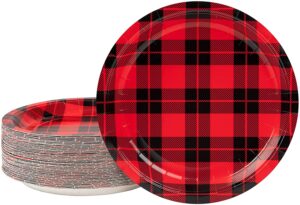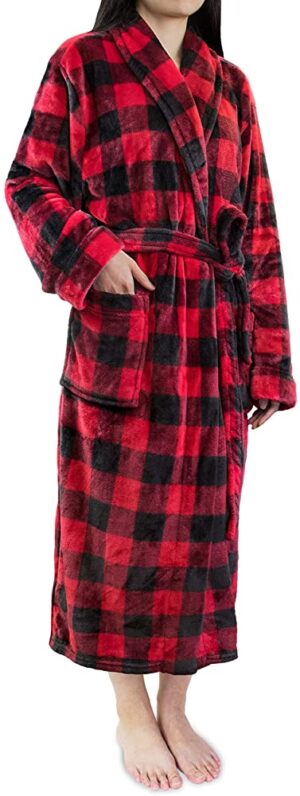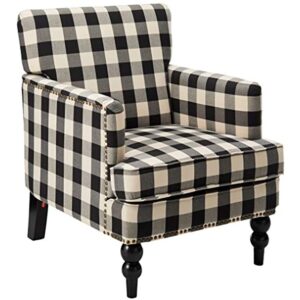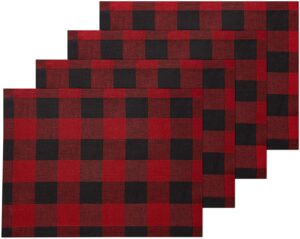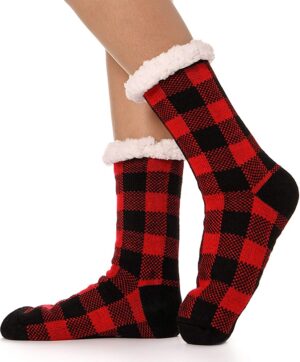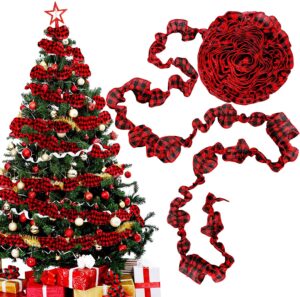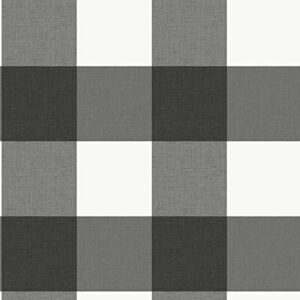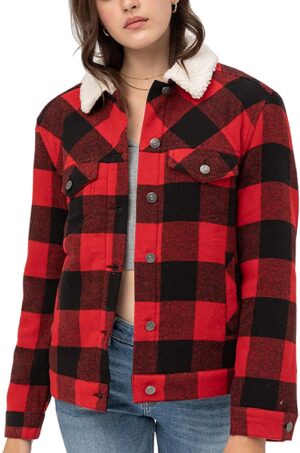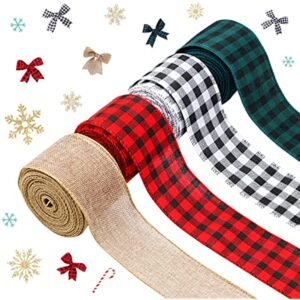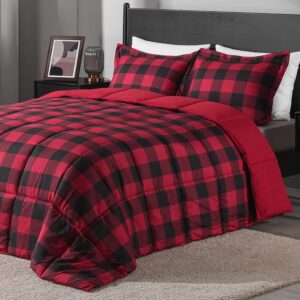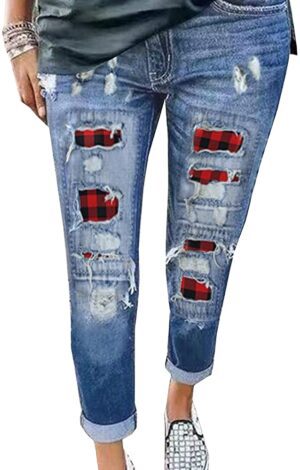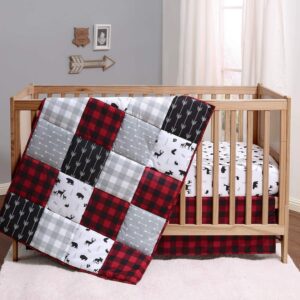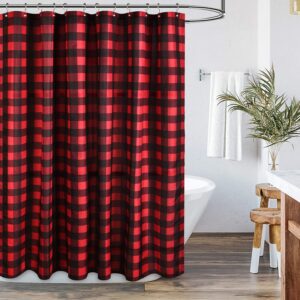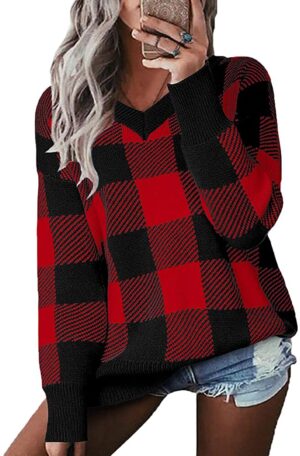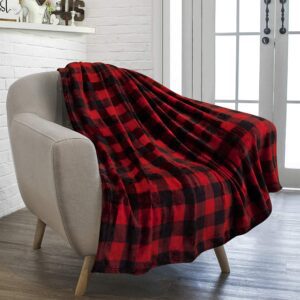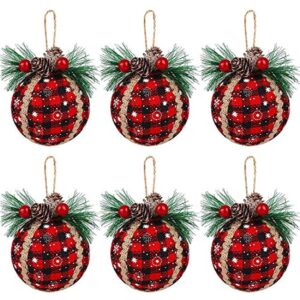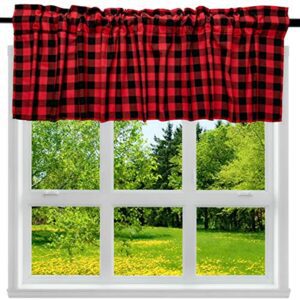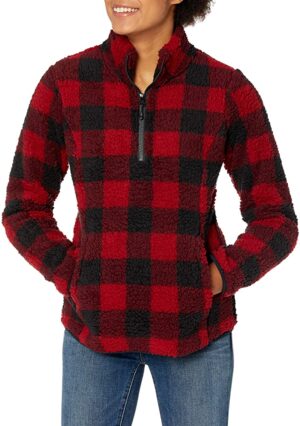Imagine a world where quilts are not just cozy blankets, but exquisite pieces of art. “Innovative Quilt Designs” explores the fascinating world of quilting, where creativity knows no bounds. This article takes you on a journey through the remarkable designs and techniques that push the boundaries of traditional quilting. Whether you’re a quilting enthusiast or simply appreciate fine art, this article will inspire you with its captivating showcase of innovative quilt designs. Get ready to be amazed by the endless possibilities of this timeless craft.
The New Era of Quilting
Quilting has come a long way from its humble origins as a practical necessity to keep warm. Today, it has evolved into a form of artistic expression that combines creativity, innovation, and tradition. Modern advancements in quilt designs have transformed quilting into a vibrant and dynamic art form that captures the imagination of quilt enthusiasts all over the world. With the influence of technology, trends, and a focus on sustainability, quilting has entered a new era filled with limitless possibilities.
Modern advancements in Quilt Designs
The world of quilt designs has seen a surge in modern advancements that push the boundaries of traditional techniques. From intricate patterns to bold color choices, modern quilts are a sight to behold. Innovations in quilting technology have played a significant role in these advancements. Computerized quilting machines have made it easier for quilters to create complex patterns with precision and accuracy. This allows quilters to experiment with new designs and bring their ideas to life more efficiently than ever before.
The Influence of Technology in Quilting
Technology has become an indispensable tool in the quilting world. From computer-aided design (CAD) software to digital fabric printers, technology has opened up new avenues for creativity and design. With the help of CAD software, quilters can easily create and modify quilt patterns, allowing for endless design possibilities. Digital fabric printers have also revolutionized the industry by making it easier to print custom fabric designs, giving quilters the ability to bring their unique visions to life.
Trends shaping the Quilting World
The quilting world is constantly evolving, with new trends emerging each year. These trends have a profound impact on the designs and techniques used in quilting. One such trend is the resurgence of traditional quilting techniques, such as hand quilting and appliqué. Many quilters are rediscovering the beauty and intricacy of these techniques and incorporating them into their modern designs. Another trend is the use of improvisational quilting, where quilters create designs spontaneously without following a predetermined pattern. This allows for a more organic and free-flowing approach to quilting, resulting in unique and one-of-a-kind creations.
The Power of Color in Quilting
Color plays a crucial role in quilt designs, as it has the power to evoke emotions, create visual impact, and tell a story. Understanding and harnessing the principles of color theory is essential for quilters who want to create visually striking and harmonious quilts.
Effects of color Theory in Quilt designs
Color theory is the study of how colors interact with each other and how they can be used to create certain effects. In quilt designs, color theory helps quilters to create balance, contrast, and unity. The use of complementary colors, which are opposite each other on the color wheel, can create a vibrant and visually pleasing quilt. On the other hand, analogous colors, which are adjacent to each other on the color wheel, can create a harmonious and calming effect.
Impactful Color combinations in Quilts
Beyond the principles of color theory, there are certain color combinations that have a particularly impactful effect in quilts. For example, the use of high contrast colors, such as black and white, can create a striking and dramatic quilt design. Similarly, monochromatic color schemes, where different shades and tints of a single color are used, can create a sense of depth and dimension in a quilt.
Using gradients to create striking Quilts
Gradients are another powerful tool in a quilter’s arsenal. By using fabrics that transition from one color to another, quilters can create visually stunning quilts that appear to have depth and movement. Gradients can be used to create a sense of perspective, draw the viewer’s eye to a particular focal point, or simply add visual interest to a quilt. The possibilities are endless when it comes to using gradients in quilt designs.
Interplay of Textures in Quilting
Textures add another layer of dimension and interest to quilt designs. Choosing the right textural elements can elevate a quilt from ordinary to extraordinary.
Choosing textural Elements for your Quilt
When selecting textural elements for a quilt, it’s important to consider the overall design and theme. Quilters can choose from a wide range of fabrics, including cotton, silk, velvet, and even unconventional materials like leather or denim. Each fabric has its own unique texture, which can be used to create different effects. For example, using a velvet fabric can add a luxurious and tactile feel to a quilt, while a denim fabric can give it a more rustic and rugged look.
Exploring Unique Textural Combos in Quilts
To create a truly unique and eye-catching quilt, quilters can experiment with combining different textures in their designs. Mixing fabrics with contrasting textures can create a dynamic and visually interesting quilt. For example, combining a smooth silk fabric with a rough and textured wool fabric can create a beautiful contrast that draws the eye.
Role of Texture in Quilt Dimensionality
Texture also plays a crucial role in creating a sense of dimensionality in quilt designs. By using different textural elements, quilters can make certain parts of their quilt stand out, creating a three-dimensional effect. This can be achieved through the use of quilting techniques such as trapunto, which involves stuffing certain areas of the quilt to create raised, textured surfaces. These techniques bring quilts to life, adding depth and complexity to their designs.
Geometric Patterns in Modern Quilt Design
Geometric patterns have long been a staple in quilt designs. Their clean lines, symmetry, and repetition create visually appealing and contemporary quilt designs.
Popular geometric patterns in Quilts
There are several popular geometric patterns that have stood the test of time and continue to be used in quilt designs today. One such pattern is the traditional patchwork design, which consists of smaller fabric pieces sewn together to form a larger geometric shape, such as squares or triangles. Another popular pattern is the chevron design, which features zigzag lines that create a sense of movement and energy in a quilt. Other geometric patterns include hexagons, circles, and diamonds, which can be combined in various ways to create unique quilt designs.
Creating Visual Impact with Geometry
Geometry is a powerful tool for creating visual impact in quilt designs. The clean lines and symmetry of geometric patterns create a sense of order and balance in a quilt. Quilters can play with size, scale, and color to create various effects. For example, using larger geometric shapes can create a bold and striking design, while smaller shapes can add a sense of intricacy and detail.
Incorporating Negative Space in Quilt Design
Negative space refers to the empty or blank areas in a quilt design. Incorporating negative space can create a sense of balance and allow the geometric patterns to shine. By strategically placing negative space in a quilt, quilters can draw attention to certain areas or create a sense of movement and flow. Negative space can also give the eye a place to rest, preventing the quilt from feeling overwhelming or cluttered. The use of negative space in quilt design is a testament to the power of simplicity and minimalism.
Abstract Art in Quilt Design
Quilt design is not limited to representational or traditional patterns. Abstract art has found its place in the quilting world, offering a new and exciting way to express creativity and emotion.
Influence of Abstract Art in Quilting
Abstract art has had a significant influence on quilt design, pushing quilters to experiment with unconventional shapes, color schemes, and techniques. Abstract quilts often feature bold, vibrant colors, asymmetrical patterns, and a sense of movement and energy. These quilts allow the viewer to interpret them in their own unique way, evoking emotions and sparking imagination.
Exploring Asymmetry in Quilt Design
Asymmetry is a key element in abstract quilt design. Unlike traditional quilt designs that often strive for balance and symmetry, abstract quilts embrace asymmetry to create visual interest and a sense of spontaneity. Asymmetrical patterns can give a quilt a dynamic and lively feel, with shapes and colors flowing organically across the fabric.
Creating Movement and Energy through Abstract Quilting
Abstract quilting offers quilters the opportunity to create a sense of movement and energy. Through the use of bold colors, flowing lines, and overlapping shapes, abstract quilts can evoke a sense of motion and rhythm. These quilts can capture the viewer’s attention and create a visual experience that is both exciting and engaging.
Narrative Quilts: Telling a Story
quilts have a rich history of storytelling, and the tradition of narrative quilts continues to thrive in the modern quilting world.
Using Quilts to Depict Personal Stories
Quilters often use their quilts as a medium to tell their own personal stories. From capturing memories and milestones to expressing emotions and experiences, quilts can be deeply personal and meaningful. Each fabric choice, color selection, and quilt pattern can tell a unique and intimate story.
Symbolic and Cultural Storytelling in Quilts
Quilts also serve as a medium for symbolic and cultural storytelling. Quilters can incorporate symbols, motifs, and colors that hold special meaning and significance. For example, quilts created for special occasions like weddings or births often incorporate traditional symbols and motifs that represent love, unity, and fertility. Quilts can also reflect the unique cultural heritage of a quilter, celebrating traditions and preserving history.
Creating a Narrative through Color, Symbol, and Pattern
The combination of color, symbol, and pattern in quilt design is integral to creating a compelling narrative. Each element works together to convey a story, sparking emotions and inviting the viewer to explore and interpret the quilt’s meaning. The deliberate use of color can evoke specific emotions or create a sense of harmony. Symbols and motifs can carry cultural or personal significance, adding depth and layers to the narrative. Patterns and arrangement of fabric pieces can guide the viewer’s eye, leading them through the story woven into the quilt.

Quilt Design and Sustainability
As society becomes increasingly aware of the environmental impact of various industries, quilting has also embraced a focus on sustainability.
The Role of Sustainability in Quilt Design
Sustainability is no longer just a buzzword; it has become an essential consideration in quilt design. Quilters are increasingly mindful of the materials they use, the processes they employ, and the impacts of their craft on the environment. Taking a sustainable approach to quilt design involves considering the lifecycle of materials, reducing waste, and making conscious choices that minimize harm to the planet.
Sustainable Materials for Quilting
A major aspect of sustainable quilt design is the choice of materials. Quilters can opt for organic fabrics made from natural fibers, such as organic cotton or bamboo. These materials are grown without the use of harmful pesticides or chemical fertilizers, making them a more eco-friendly choice. Additionally, repurposing fabrics from old garments or using recycled materials can further reduce the environmental footprint of quilt making.
Eco-friendly Practices in Quilting
Besides material choices, eco-friendly practices can be integrated into the entire quilting process. This includes minimizing fabric waste by carefully planning and cutting fabric, recycling scraps, and using environmentally friendly dyes and finishes. Quilters can also choose to support ethical and sustainable manufacturing practices by sourcing from companies that prioritize fair trade, workers’ rights, and minimize their carbon footprint. These small changes can collectively make a big difference in the sustainability of quilt making.
Interaction of Quilting Techniques
Quilting techniques form the backbone of quilt design, and the interplay between traditional and contemporary techniques can create endless possibilities.
Merging Traditional and Contemporary Techniques
Quilt design often involves a beautiful fusion of traditional and contemporary techniques. While traditional techniques, such as patchwork, appliqué, and hand quilting, anchor quilt design in age-old craftsmanship, contemporary techniques bring a fresh and innovative perspective. Embellishments, thread painting, and improvisational piecing are just a few examples of contemporary techniques that can add modern flair to traditional quilt designs.
Unconventional Techniques in Quilt Design
In addition to merging traditional and contemporary techniques, quilters are also embracing unconventional techniques to create unique and unconventional quilt designs. Quilt artists are pushing the boundaries of what quilting can be by incorporating techniques borrowed from other art forms, such as painting, embroidery, and even sculpture. These unconventional techniques allow quilters to break free from traditional constraints and create truly one-of-a-kind quilts that blur the lines between art and craft.
Influence of Quilting Techniques on the Finished Product
The choice of quilting techniques has a direct impact on the final outcome of a quilt design. Different techniques can create different textures, patterns, and levels of detail. For example, hand quilting adds a personal touch and creates a tactile and textured surface, while machine quilting can achieve a more precise and uniform look. The interplay of different techniques can result in quilts that are visually stunning and rich in artistic expression.

Quilting and Digital Design
In a world increasingly reliant on digital technology, quilting has also embraced the realm of digital design.
Adapting Quilt Designs for Digital Media
Digital design tools have opened up new possibilities for quilters by allowing them to create and modify quilt designs digitally. Quilters can use computer-aided design (CAD) software to experiment with different quilt layouts, color schemes, and block arrangements before stitching a single stitch. This digital process streamlines the design phase and offers quilters the chance to visualize their quilt designs more accurately.
Using Digital Software for Quilt Design
Digital software not only aids in the design process but also enables quilters to create digital versions of their quilt patterns and share them with others. Online platforms dedicated to quilt design and pattern sharing have created a vibrant and interconnected community of quilters worldwide. These platforms offer a place for quilters to showcase their designs, find inspiration, and connect with fellow quilting enthusiasts.
Impact of Digital Quilting on the Industry
Digital quilting has had a significant impact on the industry as a whole. Quilters now have access to a vast array of digital quilting patterns and designs, allowing them to explore new ideas and techniques in their own quilting projects. Digital quilting also opens up new avenues for collaboration and education, as quilters can take online classes, participate in virtual quilt-alongs, and connect with experts and fellow quilters from around the world. The digitization of quilt design has truly brought the quilting community closer together.
Influence of Cultural Motifs in Quilt Design
Quilt design is a melting pot of diverse cultural influences, and the incorporation of cultural motifs adds depth and richness to quilt designs.
Cross-cultural Influence in Quilts
Quilts have a long history of incorporating cross-cultural influences, with various design elements being passed down from generation to generation. Quilters often draw inspiration from different cultures, incorporating motifs, patterns, and colors that celebrate the diversity of the human experience. From African-inspired fabrics to Japanese-inspired patchwork, cultural motifs weave a tapestry of stories and traditions in quilt designs.
Modern Interpretations of Traditional Motifs
While traditional cultural motifs continue to inspire quilt designs, there is also room for modern interpretations. Quilters are finding new ways to reinterpret and reimagine traditional motifs, infusing them with contemporary colors, patterns, and techniques. This blending of the old and the new creates quilt designs that honor tradition while embracing the present.
Influence of Global Trends on Quilt Designs
In our interconnected world, global trends and influences shape the quilt designs we see today. Quilters have access to a wealth of inspiration from different cultures and styles, thanks to the internet and travel. Global trends in fashion, art, and design often find their way into quilt designs, resulting in quilts that are truly a reflection of our global community.
Conclusion
The new era of quilting is marked by innovation, creativity, and a deep appreciation for tradition. Modern advancements in quilt designs, coupled with the influence of technology, trends, and sustainability, have transformed quilting into a vibrant and dynamic art form. Whether it’s through the interplay of color, texture, geometric patterns, abstract art, or narrative storytelling, quilters have endless opportunities to express their creativity and craft unique, meaningful, and visually stunning quilts. As the quilting world continues to evolve and embrace new possibilities, the future looks bright for this timeless art form.






